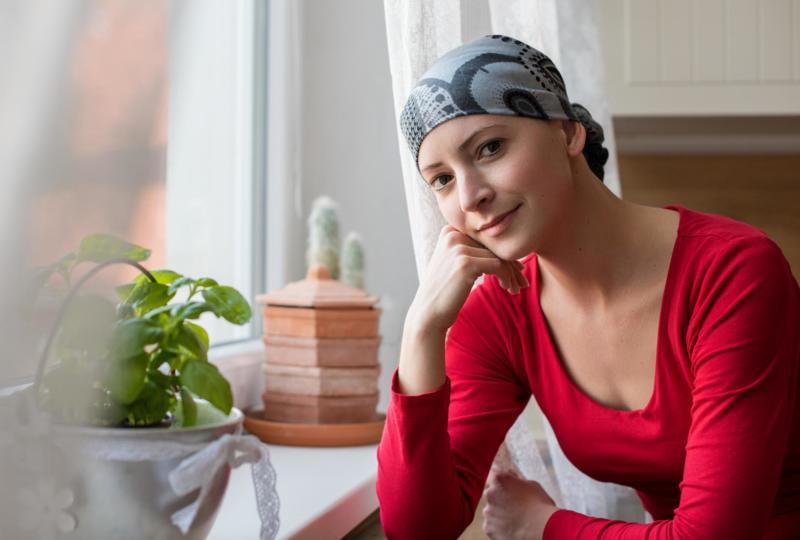What's Next for Non-Hodgkin Lymphoma Survivors?
What's Next for Non-Hodgkin Lymphoma Survivors?
Of course, anyone has made it through the hardest part when they became a non-Hodgkin cancer survivor. However, that does not mean the rest is easy. Here is some advice on how to proceed.
Adjusting
Adjusting is often the hardest part of the process, and it comes in different manners for different people. For some, treatment has destroyed the cancer within them. For others, the cancer never truly goes away.
Both can be stressful, despite the fact that you are a survivor.
For those who have eliminated the cancer via treatment, there is still often a fear of recurrence. For those who will never be completely rid of the cancer, regular treatments such as radiation, chemo, and other therapies can be just as stressful as before. Learning to live with cancer in this manner can be extremely frustrating.
Follow-up care
Of course, there are many variations in cancers, and as such, the follow-up treatments change depending on what is needed.
Even if you are one of the people who does not require additional follow-up treatments, you will still have to go to many doctors appointments, as monitoring the cancer closely is important to make sure that there is not a recurrence, and if there is, that you are ready to fight it. Sometimes, after receiving positive news at every follow-up appointment, people will begin to feel as if they would prefer not to continue attending doctor's appointments. However, it is important to be diligent and continue. You never know when a relapse could occur, and you want to be able to catch it if that happens.
Additionally, doctors appointments are a good time to chat with your doctor about smaller issues that may be going on. For example, you may still be experiencing residual side effects and be wondering if that is normal at this stage, so you could ask your doctor then.
Tests
Often, follow-up visits will include examinations and tests. Your doctor will ask you the standard questions, and proceed to do an examination, possibly ordering imaging or blood tests. In the beginning, your doctor will want to see you quite regularly, but the more times that you visit and are fine, the closer you are to these visits being more spread out.
When imaging is called for, it usually is dependent on the type, location, and stage of the cancer. So, CT scans or PET/CT scans are often used in follow-ups, to monitor the size of tumors that may be remaining, or check for any new ones.
Blood tests are often done to check if there has been a full recovery from treatment, as well as to check if there are any signals of recurrence, or any other issues. Blood tests are also of assistance when looking into whether there are abnormal blood counts, which would imply the presence of a bone marrow disease called myelodysplasia, which can occasionally be caused by certain chemotherapy drugs.
Read on to learn more about non-Hodgkin lymphoma survivorship.



